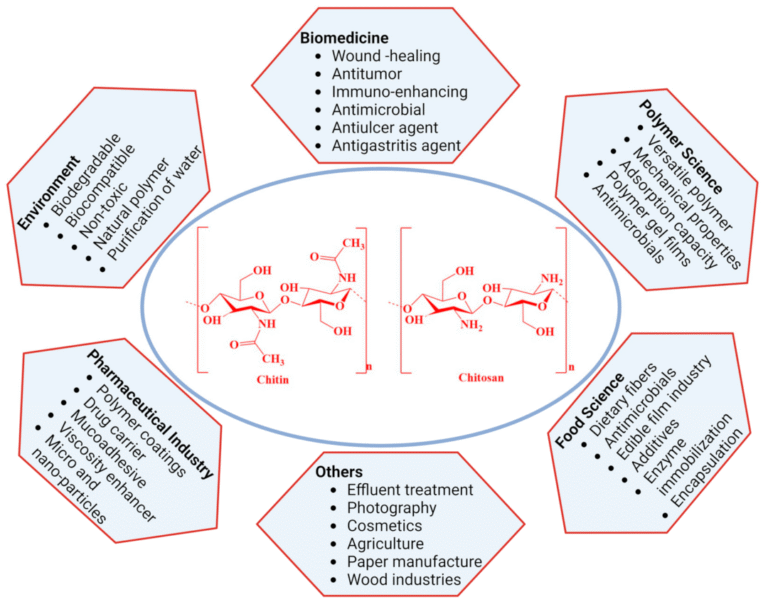
Histamine intolerance is a largely misunderstood and frequently misdiagnosed condition. It masquerades as common allergies, food intolerances, or chronic ailments, leading many to endure symptoms without ever identifying the root cause. Because histamine plays a critical role in immune function, digestion, and neurotransmission, an imbalance can create widespread systemic distress. Yet, many healthcare providers and patients fail to recognize it as a distinct issue.
Despite its impact on health, histamine intolerance is rarely at the forefront of medical discussions. Many physicians lack the awareness necessary to diagnose it accurately, and conventional allergy tests fail to detect histamine overload. This article explores why histamine intolerance is often overlooked, the challenges in diagnosing it, and what individuals can do to manage it effectively.
The Complex Role of Histamine in the Body
Histamine is a vital chemical messenger involved in various physiological functions. It is commonly associated with allergic reactions, but its role extends far beyond immune responses.
Histamine as a Regulator of Body Functions
- Immune System Response: Histamine is released by mast cells as part of the body’s defense mechanism against allergens and pathogens. It triggers inflammation, blood vessel dilation, and mucus production to protect against invaders.
- Digestive System Involvement: Histamine plays a role in gastric acid secretion, aiding in food breakdown and nutrient absorption.
- Neurotransmitter Function: In the brain, histamine regulates wakefulness, appetite, and cognitive function.
Despite its crucial role, an overabundance of histamine—whether due to excess production, enzyme deficiencies, or impaired clearance—can lead to an array of chronic symptoms, many of which are misattributed to other conditions.
Why Histamine Intolerance Is Often Misdiagnosed

Histamine intolerance presents a diagnostic challenge due to its diverse and often vague symptomatology. Many of its manifestations overlap with other medical conditions, making it difficult to pinpoint as the primary cause of a patient’s discomfort.
- Overlap with Allergies and Food Sensitivities. One of the primary reasons histamine intolerance is overlooked is its symptom similarity with seasonal allergies, food allergies, and intolerances. Many people experience nasal congestion, skin rashes, or digestive distress after consuming histamine-rich foods, but these symptoms are frequently dismissed as allergic reactions. Traditional allergy testing, however, does not detect histamine intolerance, leaving patients without a definitive answer.
- The Lack of Standardized Testing. Unlike allergies, which can be identified through IgE antibody testing, histamine intolerance lacks a simple diagnostic test. Most medical professionals do not routinely test for diamine oxidase (DAO) enzyme deficiency, a key indicator of histamine intolerance. This absence of a widely accepted diagnostic tool means that many sufferers go undiagnosed for years.
- Confusion with Chronic Conditions. Histamine intolerance shares symptoms with several chronic health conditions, further complicating its diagnosis. It is frequently misdiagnosed as:
- Irritable Bowel Syndrome (IBS): Bloating, diarrhea, and abdominal discomfort are hallmark symptoms of both IBS and histamine intolerance.
- Migraines: Histamine is a known trigger for headaches, yet many migraine sufferers are not tested for histamine sensitivity.
- Anxiety Disorders: Because histamine functions as a neurotransmitter, excess levels can contribute to anxiety, insomnia, and mood imbalances.
These overlapping symptoms lead many individuals down a frustrating path of trial and error, often treating the wrong condition while histamine intolerance remains unaddressed.
Factors That Contribute to Histamine Intolerance
Histamine intolerance is not merely a random occurrence but is often linked to specific physiological imbalances and lifestyle factors.
- DAO Enzyme Deficiency. Diamine oxidase (DAO) is the primary enzyme responsible for breaking down histamine in the digestive tract. A deficiency in DAO can result from genetic predisposition, gut inflammation, certain medications (e.g., NSAIDs, antidepressants, antihistamines), and chronic stress. When DAO levels are insufficient, histamine accumulates in the body, leading to intolerance symptoms.
- Gut Health and Microbiome Imbalances. A healthy gut microbiome plays a crucial role in histamine metabolism. Dysbiosis (an imbalance of gut bacteria) can contribute to histamine overproduction or impair its breakdown, further exacerbating symptoms.
- Dietary Triggers. Histamine is naturally present in various foods, and some foods act as histamine liberators, meaning they trigger histamine release in the body. Common high-histamine foods include aged cheeses and fermented foods, processed meats, alcohol (especially red wine and beer), vinegar-based condiments, certain fruits (e.g., bananas, strawberries, avocados). Without dietary awareness, individuals unknowingly consume foods that worsen their symptoms, perpetuating the cycle of histamine intolerance.
How to Identify and Manage Histamine Intolerance
Despite the challenges in diagnosing histamine intolerance, individuals can take proactive steps to recognize and manage it.
- Tracking Symptoms and Dietary Intake. Keeping a food and symptom journal can help identify potential histamine triggers. By tracking meals, symptoms, and their timing, patterns may emerge that point to histamine intolerance.
- Following a Low-Histamine Diet. Eliminating or reducing high-histamine foods can significantly alleviate symptoms. A low-histamine diet includes fresh, unprocessed meats and fish, leafy greens and non-citrus vegetables, and dairy substitutes like coconut or almond milk, herbal teas instead of fermented drinks
- Supplementing with DAO enzymes before meals. This may aid in histamine breakdown, particularly for individuals with known enzyme deficiencies. Additionally, nutrients like Vitamin C, quercetin, and magnesium can help stabilize mast cells and regulate histamine levels.
- Addressing Gut Health. Improving gut health is crucial for long-term histamine regulation. Strategies include incorporating probiotics (strain-specific, as some may increase histamine levels), reducing gut inflammation with anti-inflammatory foods, and avoiding overuse of antibiotics and NSAIDs, which can disrupt gut flora
- Managing Stress and Lifestyle Factors. Chronic stress can exacerbate histamine intolerance by increasing histamine release and weakening DAO activity. Practicing stress-reduction techniques such as meditation, deep breathing, and adequate sleep can be beneficial in managing symptoms.
Histamine intolerance is often misdiagnosed or entirely overlooked due to its complex symptom presentation and lack of standardized testing. Many individuals struggle with chronic discomfort, believing they have allergies, IBS, or anxiety, without realizing that histamine imbalance may be the underlying issue.
By raising awareness, tracking symptoms, and making targeted dietary and lifestyle adjustments, individuals can better manage histamine intolerance and improve their quality of life. While the road to diagnosis and treatment may be challenging, recognizing histamine intolerance as a legitimate condition is the first step toward lasting relief.






